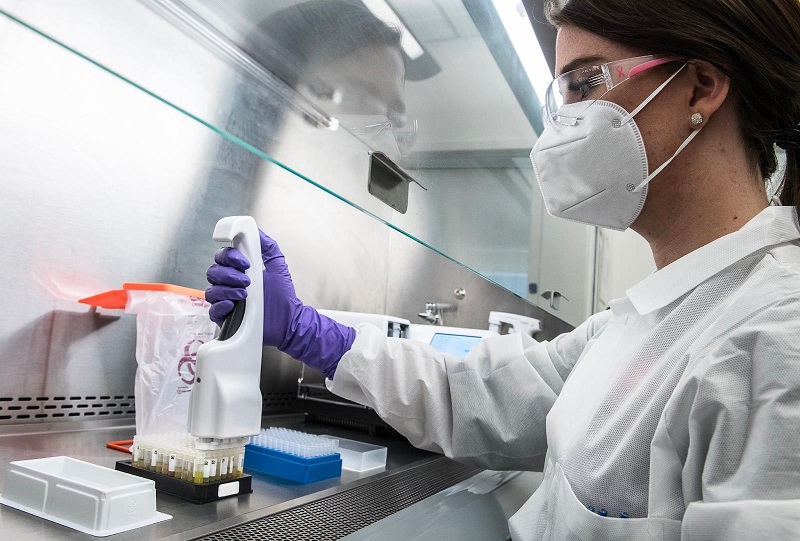Studies conducted by the UC Center for Laboratory Safety have revealed that over half of chemistry researchers believe lab safety could use improvement. This follows from numerous fatalities and injuries that have been reported in chemical laboratories across the US over the past few decades, including notorious cases like the chikungunya virus student mishap, and even instances of reported mercury poisoning.
With these issues in mind, safety is paramount in any laboratory setting. But, with so many experts expressing severe concerns about the conditions in even so-called safe working environments, what does ‘good’ lab safety look like?

- Environmental health and safety equipment compliance
As well as ensuring better lab outcomes overall, Environmental Health & Safety guidelines can help to distinguish everything from the suitability of lab equipment to the safety controls necessary for professional protection. Generally speaking, lab equipment should include features such as automated shutdowns, backup facilities, and imbalance detection to ensure proper usage. Each of these features can help to avoid contamination, fire hazards, chemical exposure, and a range of other problematic risks.
- Prevention of chemical exposure
As mentioned, compliant, certified equipment can help to reduce the risks of chemical exposure, but further preventions are also necessary to ensure safety. In particular, lab owners must ensure full ventilation, both in the form of compliance with ventilation duct requirements and using certified fume hoods that ensure clean air solutions. Personal protective equipment (PPE) is also essential and should be readily available. Reliable PPE should include things like lab coats, goggles, and durable nitrile gloves.
- Availability of safety training
Lab safety training should be made available to all employees and should include biosafety, hazardous waste handling, and even fire training. This is especially essential for labs working with volatile chemicals, where employees need to know correct handling procedures, as well as effective management of leaks, spills, or fire emergencies. The ongoing training and development of lab professionals should also be managed as a long-term concern, with regular refreshers, drills, and assessments to ensure that individuals are ready to use this knowledge at a moment’s notice.
- Documentation accessibility
According to the Environmental Health & Safety Organization, lab managers should keep a printed copy of MSDS (Safety Data Sheets) on hand in the lab at all times, as well as any standard operating procedures and general lab safety manuals as required. This is so that lab professionals are always fully aware of things like lab layout, and any on-site chemicals and storage points. This makes it easier for them to react quickly and accordingly in the case of an issue like a fire, and is the best way to ensure fast containment.
Takeaway
Laboratory safety is paramount at all times yet, as studies continue to reveal, many chemistry researchers believe this to be a sorely overlooked issue. As shocking cases of lab-based accidents, contamination and more continue to make the headlines, it’s past time that lab managers brought lab safety essentials like these to the forefront at last.


